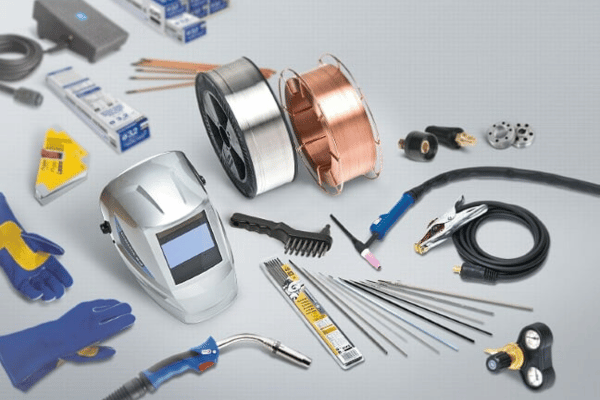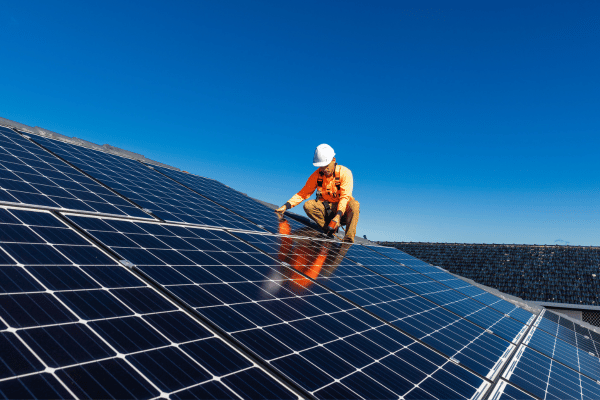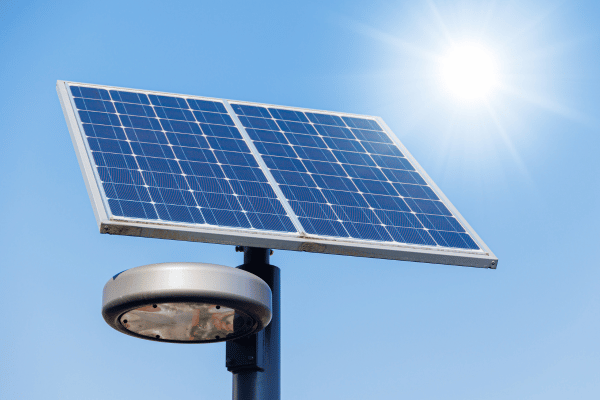
The global welding consumables market is an essential and dynamic sector, providing the foundational materials required for manufacturing, construction, and repair across a multitude of industries. These products, which include electrodes, wires, fluxes, and shielding gases, are critical for creating durable and reliable joints in metals, making them indispensable for modern industrial processes. The market’s health is a direct indicator of global industrial activity, from large-scale infrastructure projects to the intricate fabrication of high-tech machinery. In 2024, the global welding consumables market stood at USD 17.26 Billion. This significant valuation is poised for substantial growth, with a projected Compound Annual Growth Rate (CAGR) of 5.80% in the forecast period of 2025-2034, pushing the market to a value of USD 30.33 Billion by 2034. This robust expansion is fueled by a combination of technological advancements, increasing industrial automation, and a rising demand for high-performance materials.
Key Market Drivers
The growth of the welding consumables market is intrinsically linked to the expansion of its core end-use industries. The automotive and transportation sector is a dominant driver, particularly with the global shift towards electric vehicles (EVs) and lightweight materials. The need to weld high-strength steels and aluminum alloys for EV bodies and components necessitates specialized, high-quality consumables. Similarly, the building and construction industry is a major consumer, with large-scale infrastructure projects such as bridges, railways, and commercial buildings requiring vast quantities of welding materials for structural integrity. The demand for these projects is especially strong in emerging economies undergoing rapid urbanization and industrialization. A third critical driver is the increasing adoption of automation and robotics in manufacturing. As companies seek to improve efficiency, precision, and safety, they are investing in robotic welding systems. These advanced systems require compatible, high-performance consumables, thereby boosting demand. The energy sector, including both traditional oil and gas and the burgeoning renewable energy industry, also represents a significant source of demand, particularly for the construction of wind turbines and power generation facilities.
Market Segmentation and Product Types
The welding consumables market is highly segmented by product type, with each segment serving specific applications. Solid wires held the largest market share, valued for their efficiency, strong weld performance, and suitability for Gas Metal Arc Welding (GMAW), a widely used process. Stick electrodes (or shielded metal arc welding electrodes) also command a significant share, particularly in construction and maintenance, due to their versatility, low cost, and portability. Other key segments include flux-cored wires, which are popular in shipbuilding and heavy fabrication for their high deposition rates, and SAW wires & fluxes used in submerged arc welding for high-speed, high-quality welds. Beyond these core products, the market also includes essential shielding gases and specialty filler metals. From an end-use industry perspective, the market is primarily divided into automotive and transportation, building and construction, heavy engineering, and marine and shipbuilding. Each of these segments has unique demands for specific types of consumables, making the market highly diverse and adaptable.
Challenges and Restraints
Despite the positive growth outlook, the welding consumables market faces notable challenges. The most significant is the volatility of raw material prices. The cost of essential materials like steel, aluminum, and various alloys is subject to fluctuations driven by global trade policies, geopolitical tensions, and supply chain disruptions. This volatility can put pressure on manufacturers’ profit margins and create uncertainty in the supply chain. Another major restraint is the shortage of skilled labor. Welding is a craft that requires specialized knowledge and training, and the global shortage of skilled welders can hinder the adoption of advanced welding technologies and impact the quality of work. This has, in turn, fueled the push for automation but remains a persistent challenge for the industry. Furthermore, rising environmental and safety regulations regarding welding fumes and emissions are forcing companies to invest in more expensive, eco-friendly consumables and ventilation systems, which can increase operational costs.
Regional Market Analysis
Geographically, the market’s growth is not uniform, with different regions showing unique trends. The Asia-Pacific region holds the largest market share and is expected to be the fastest-growing market throughout the forecast period. This is primarily due to rapid industrialization, extensive infrastructure development, and the booming automotive and shipbuilding industries in countries like China, India, and South Korea. These nations are not only major consumers but also key producers of welding consumables. North America and Europe represent mature markets, where growth is driven by technological innovation and a focus on high-quality, high-performance products. In these regions, the demand for consumables is increasingly tied to the adoption of advanced welding techniques, automation, and the manufacturing of high-value goods in the aerospace and heavy machinery sectors. Both regions are also at the forefront of developing sustainable and low-emission consumables to meet stringent environmental regulations.
Future Outlook and Innovations
The trajectory of the welding consumables market towards its 2034 valuation of USD 30.33 Billion will be defined by its ability to innovate and adapt. The future will be characterized by the continued integration of automation and digitalization, including the use of IoT sensors in welding equipment for real-time monitoring and quality control. There will also be a greater emphasis on developing specialized consumables for new materials, such as high-strength steel and composite materials, that are critical for industries like aerospace and defense. The push for sustainability will lead to the widespread adoption of eco-friendly consumables that reduce fume emissions and are made from recycled materials. The industry will also likely see a rise in hybrid welding processes, which combine multiple welding techniques to achieve superior results. As the market moves from its 2024 value of USD 17.26 Billion to its projected future, it will continue to be a vital component of the global industrial landscape, evolving to meet the complex demands of a technologically advanced and environmentally conscious world.




















Write a comment ...